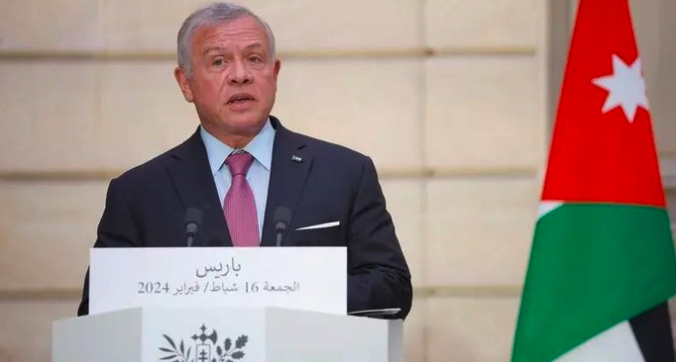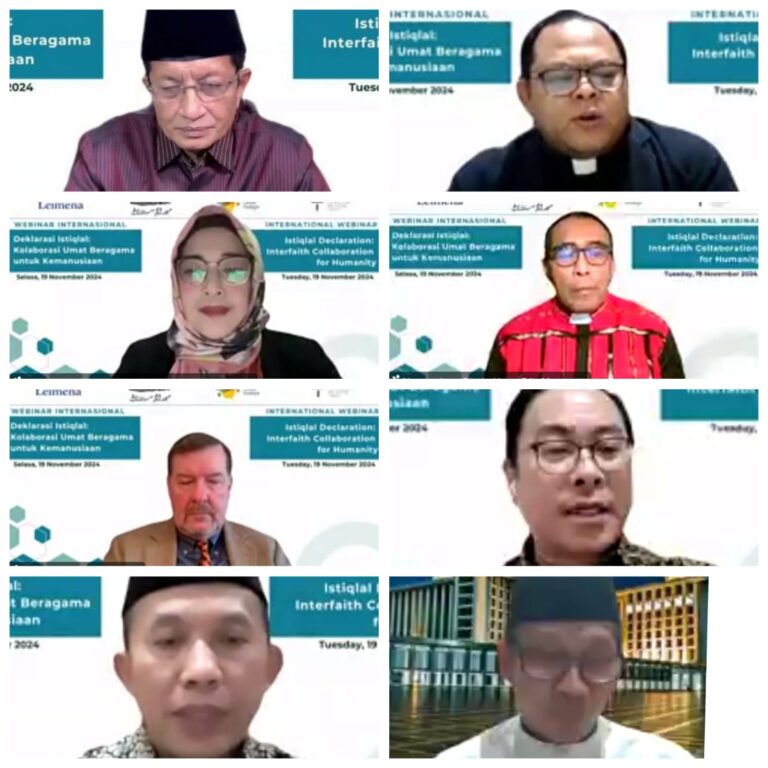
STRATEGIC ASSESSMENT. The European Parliament narrowly passed the New Pact on Migration and Asylum last Wednesday, almost four years after it was revealed in September 2020 by the European Commission. The passage of the agreement ended eight years of deadlock over repeated efforts to stem the rising levels of migration to Europe’s borders and to streamline its asylum processes. The intricate plan to structure and harmonize the processing and relocation of asylum seekers across the bloc has proven to be highly contentious and has been revised multiple times before passing in the European Parliament. The pact is wide-ranging and essentially covers everything related to the migration process once an asylum seeker reaches the Schengen zone. Although years in the making, the timing of the Pact’s passage is hardly inconspicuous. As the European parliamentary elections approach in June, a recent Euronews poll conducted by Ipsos among 26,000 respondents across 18 EU member states found that more than half of Europeans view the bloc’s impact on migration policy negatively. Moreover, a surge in Islamist threats and a rising far-right in various European countries has kept the migration issue at the forefront for both Europe’s center-right and the electorate.
The Pact on Migration and Asylum has been approved in the context of rising levels of migration to Europe and an increasingly lethal journey, particularly through the Central Mediterranean route. In 2023, more than 1.14 million people applied for asylum in the EU, according to the UN High Commissioner for Refugees (UNHCR). 2023 marked the highest year since the 2015-2016 refugee crisis – which peaked in 2015 at 1.3 million according to Eurostat, the statistical office of the EU. Lampedusa, the southern Italian island, recently received more than 1,500 asylum seekers in a day and a half, according to Italian authorities. Beyond the historic levels of migration, 2023 also marked one of the deadliest years on record for migrants, with thousands dying in the Mediterranean from overcrowded boats capsizing or sinking. The annual number of migrant deaths or disappearances in the Mediterranean reached 3,041 by the end of 2023, according to the International Organization for Migration’s (IOM) Missing Migrants Project. Although the numbers arriving this year are lower when compared to the same time in 2023, the number of recorded deaths is nearly as high, indicating the route may be growing more fatal. Italian authorities arrested four Tunisian men last year who they accused of intercepting migrant boats to steal – among other items – the boats’ engines. It’s unclear whether the men worked alone or for human smugglers attempting to maximize their profits. Yet, the case highlights both the risks for migrants and a seemingly broader trend; Italian authorities have reported that an increasing number of rescued migrant boats have been found without engines.
The New Pact on Migration and Asylum consists of four key pillars, including robust screening, better tracking of people entering the bloc as asylum seekers or irregular migrants, and returns at the border for asylum applicants who are unlikely to succeed in their application, misled authorities, or present a security risk. The agreement also includes a crisis protocol to manage large influxes of migrants, in the event levels seen during the 2015 European migrant crisis were to reoccur. The Pact does not alter the Dublin Principle, which puts the country of arrival in charge of processing the asylum applicant; however, it does instate a mandatory solidarity principle. The Asylum and Migration Management Regulation mandates that EU member states either relocate a certain number of asylum seekers annually, pay €20,000 for each asylum seeker they refuse to host, or finance general operational support.
Although the President of the European Parliament Roberta Metsola declared that “history was made” with its passage, the New Pact on Migration and Asylum has been hotly debated among politicians and groups across the ideological spectrum. Left-wing activists and human rights NGOs like Amnesty International, International Rescue Committee, and Human Rights Watch have protested the agreement over what they consider provisions fundamentally problematic for the protection of human rights. NGOs particularly worry about de facto detention at EU borders as well as emergency protocols that may put asylum seekers at risk of arbitrary detention, discriminatory policing, or what they believe are “illegal” pushbacks. Moreover, some experts have critiqued the provisions in the plan as potentially difficult to enforce and even counterproductive. Tighter border restrictions have been shown to lead to riskier behavior by migrants rather than deterrence, as those fleeing persecution or violence will turn to human smugglers to get across borders when faced with diminished legal pathways. Further, there have been questions on the viability and enforceability of the “burden sharing” mechanism.
Moreover, while the Pact has been framed as an attempt by elected officials to stave off the far-right by capitalizing on the immigration issue right before the EU’s parliamentary elections in June, it is unlikely to have that effect. In response to the new regulations, Hungarian Prime Minister Viktor Orbán recently posted on X (formerly Twitter) that “Hungary will never give in to the mass migration frenzy!” Far-right politicians across the bloc at both the national and EU level have also spoken out against the Pact, including Polish Prime Minister Donald Tusk. Tusk, from the center-right Civic Platform party, has already rejected Poland’s participation in the “forced” solidarity mechanism. Despite opposition from the far-right, the Pact’s provisions and passage reveal the success of Europe’s far-right in pulling the center further rightward on immigration. Thus, rather than appeasing the forces it seeks to pacify, the Pact may inadvertently bolster the far-right as its priorities are further mainstreamed and politicians decry that the provisions do not go far enough. As the EU elections approach, right-wing candidates, such as François-Xavier Bellamy of France, have focused their campaigns on immigration. Bellamy met with French border police last Friday to reaffirm his center-right European People’s Party’s opposition to the new Pact and highlight what he claims is the “helplessness” of European countries to the “border crisis.” As the issue continues to resonate with the European electorate, migration is likely to be a – if not the – defining issue in the upcoming European Parliamentary elections in June. As the far-right has previously demonstrated its adeptness at capitalizing on the issue and translating it into electoral gains, the projections of strong results for the far-right in the June elections seem likely to come to fruition (TSC).





